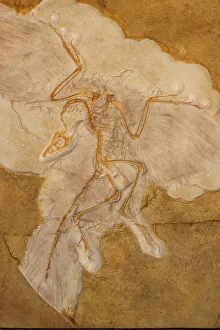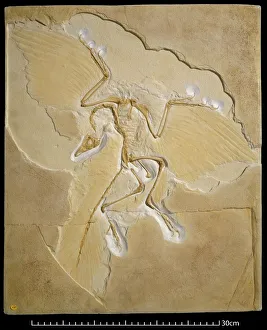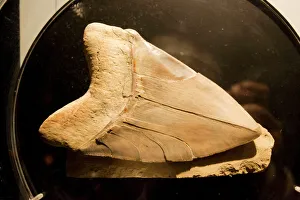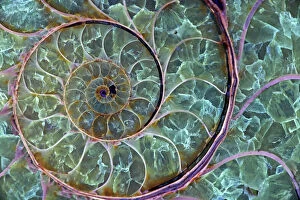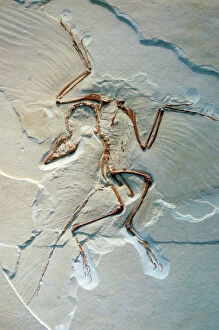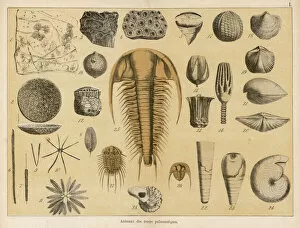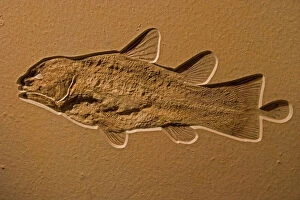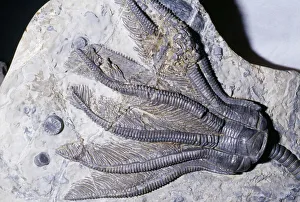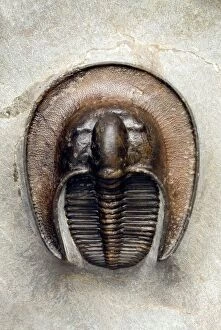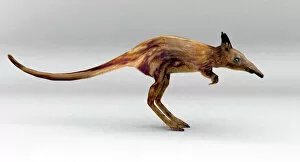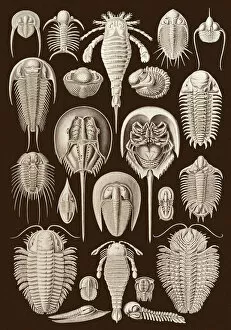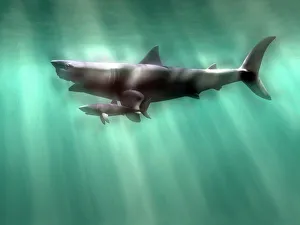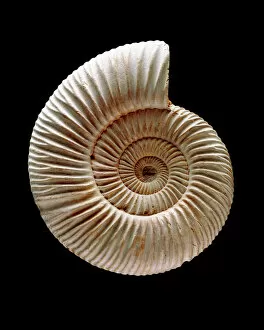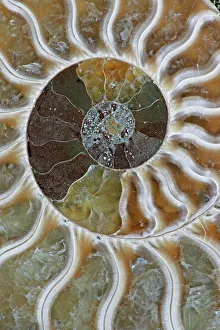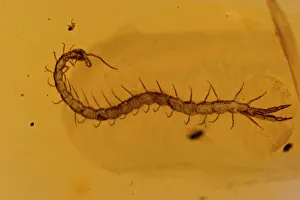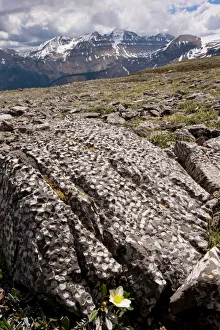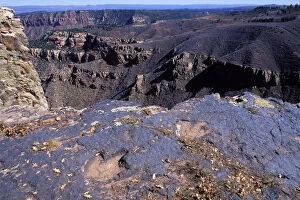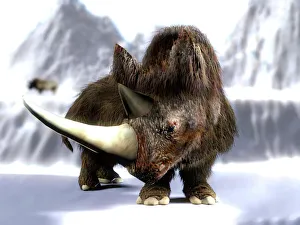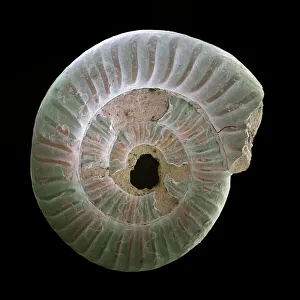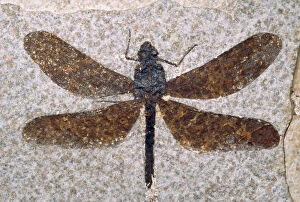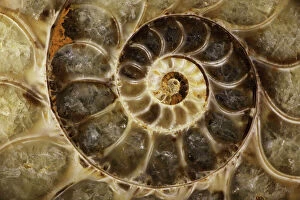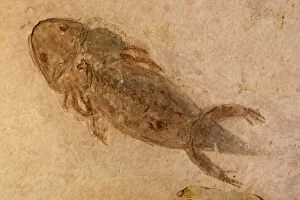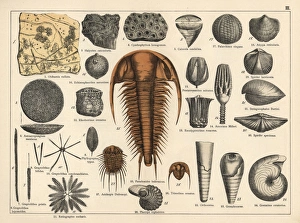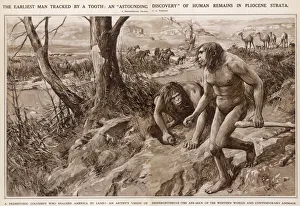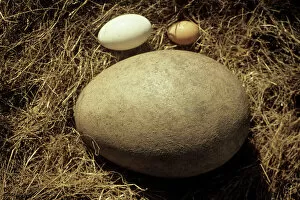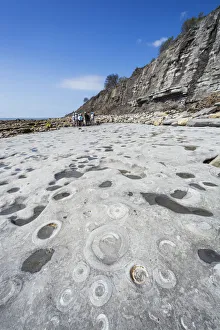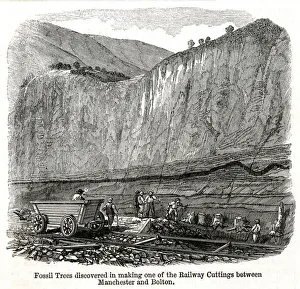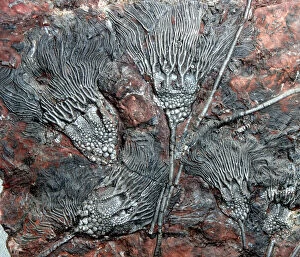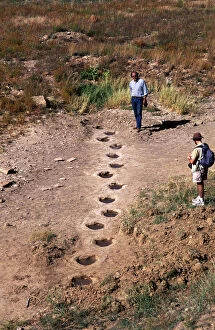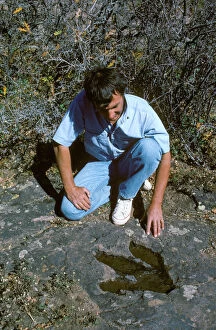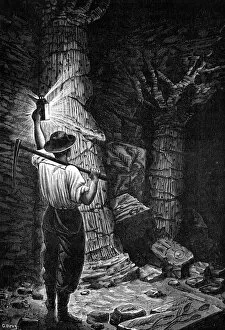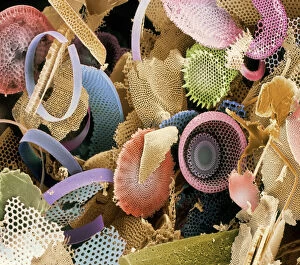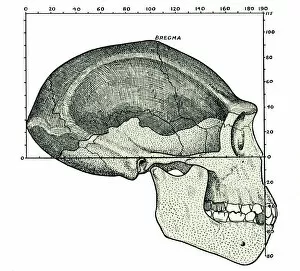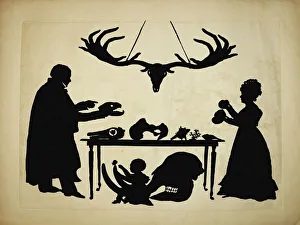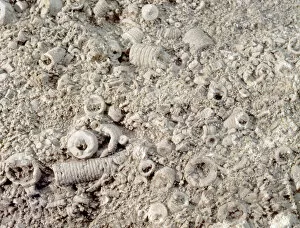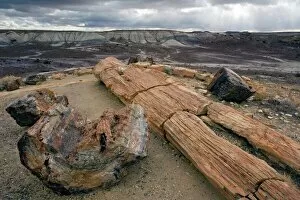Fossils Collection
"Fossils: A Glimpse into Earth's Ancient Past" Dive deep into the mysteries of the ocean with a fossil tooth of the mighty megalodon
All Professionally Made to Order for Quick Shipping
"Fossils: A Glimpse into Earth's Ancient Past" Dive deep into the mysteries of the ocean with a fossil tooth of the mighty megalodon, an awe-inspiring predator that ruled the seas millions of years ago. (Location: Oceanopolis Brest Brittany France) Unearthed in Berlin, Germany, the fossil bird Archaeopteryx is hailed as "the first bird, " showcasing both dinosaurian and avian features—a captivating link between two worlds. Journey back to the Paleozoic era and marvel at fossils that hold secrets from a time long gone, offering glimpses into ancient life forms that once roamed our planet. The Jurassic skies come alive with the enigmatic Archaeopteryx fossil bird, bridging the gap between dinosaurs and modern avians—nature's own masterpiece. Under UV light, a stunning ammonite fossil from Madagascar reveals its hidden beauty, taking us on a phosphorescent journey through time to when these creatures thrived during the Early Cretaceous period. Rediscover hope in nature's resilience as you explore a Coelacanth Fossil from Germany—an extraordinary find that shattered beliefs about extinction when it was rediscovered off South Africa's coast in 1938. Behold one of nature's most iconic fossils—the Archaeopteryx Berlin specimen C016/5071—a testament to evolution and adaptation that forever changed our understanding of prehistoric life. Witness an epic battle frozen in time as we compare Megalodon sharks with their modern counterparts—the great white sharks—unveiling evolutionary wonders etched within their ancient bones. Transport yourself to Northern Germany during Triassic times where crinoid fossils stand tall like delicate sea lilies—a reminder of Earth's ever-changing landscapes over 240 million years ago. Embark on an expedition to Madagascar and encounter Cleoniceras sp.

